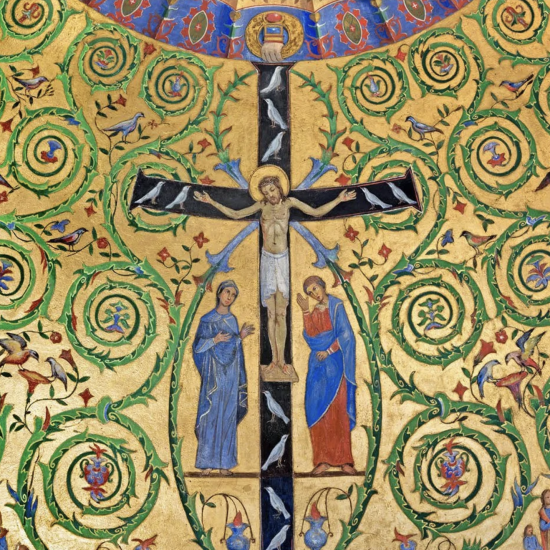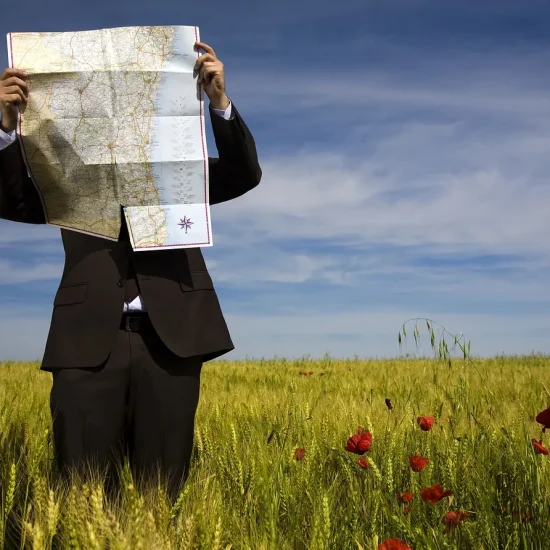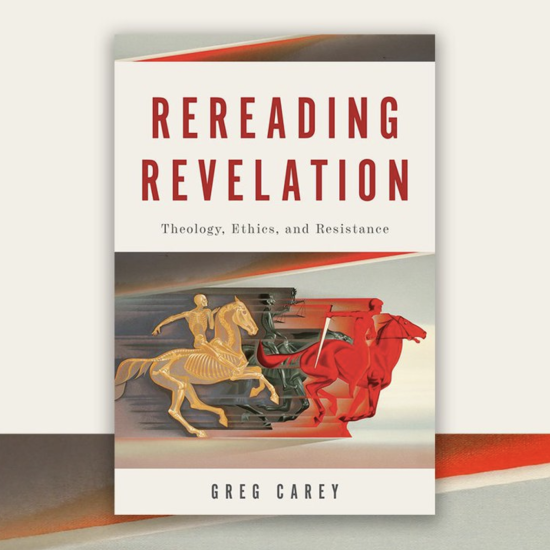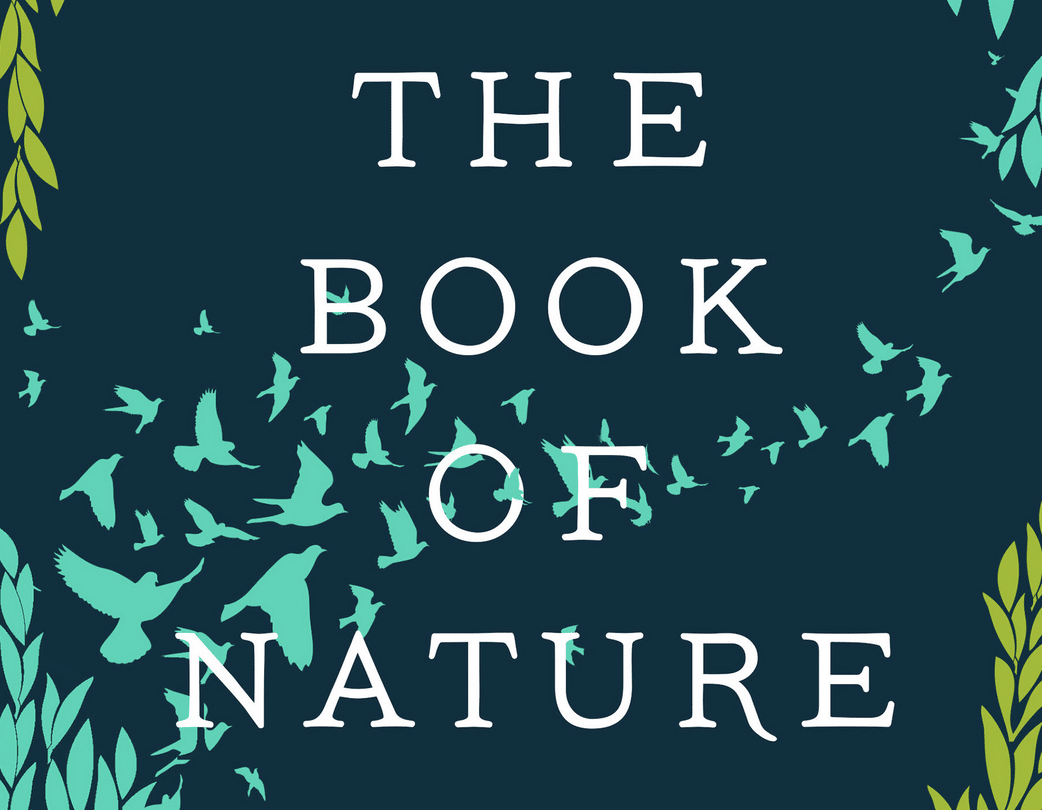
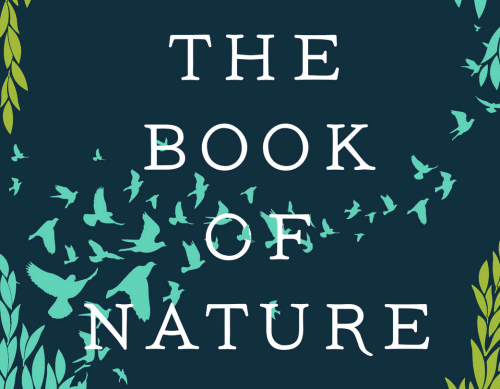
THE BOOK OF NATURE: The Astonishing Beauty of God’s First Sacred Text. By Barbara Mahany. Minneapolis, MN: Broadleaf Books, 2023. 191 pages.
Thomas Aquinas spoke of two books in which God is revealed: Scripture and Nature. Karl Barth, of course, wasn’t so sure that nature was a trustworthy form of divine revelation. He had his reasons, which were valid in his context, but, what about us? Might we discover a witness about God in nature?

Robert D. Cornwall
I was sent an advanced reader’s copy of Barbara Mahany’s The Book of Nature, which reflects on what Thomas Aquinas called the second book of revelation, that being nature. Mahany brings to the conversation her own Christian faith, along with her immersion into Judaism through marriage. When taken together, these two related faith traditions reveal important dimensions of nature’s witness. The subtitle of Mahany’s book is revealing: The Astounding Beauty of God’s First Sacred Text. The message here serves to remind us that before there was scripture, there was nature. It was nature that spoke to humanity about the presence of God the creator. In fact, nature still bears witness to God the creator. What this book does is bring out various elements of that sacred text (nature) so that we can pay greater attention to that word of revelation.
The author of The Book of Nature, Barbara Mahany, is a freelance journalist and author, with many of her essays appearing in the Chicago Tribune over a period of thirty years. She also is the author of Slowing Time: Seeing the Sacred Outside Your Kitchen Door. The focus of her writing has been on the intersection of nature, spirituality, and interfaith considerations. We see these concerns present in The Book of Nature. Mahany approaches the subject of the book from the perspective of being a progressive Roman Catholic, who brings into the conversation her personal encounters with Judaism. These two faith traditions provide a lens through which she explores nature for signs of God’s presence.
In the book’s first chapter, titled “Reading the Book of Nature,” Mahany describes the God she finds present in nature in this way: “mine is the God of sunrise and nightfall, the breath behind birdsong and breeze in the oaks. Mine is the God of a thousand voices, a thousand lights, and gazillions of colors. Whether I notice or not, mine is the God who never hits pause when it comes to creation: inventing, reinventing, tweaking, editing, starting from scratch all over again, day after day after heavenly day” (p. 8). This vision of God is present throughout the book, guiding the conversation about the nature of God and creation.
In her engagement with the Two-Book theology she embraces, Mahany draws not only on nature and Scripture (Aquinas’s two books) but other spiritual and sacred sources. She is especially drawn to Celtic spirituality, but she also draws on Eastern religious thought, Judaism, Sufism, as well as indigenous traditions. What we have here, by her own acknowledgment is an expression of panentheism (not pantheism). Thus, as she theologizes her engagement with nature, while nature is within God and God is within nature, God and nature are not the same. What Mahany seeks to do here in The Book of Nature is invite the reader, especially the Christian reader, to pay attention to the witness of nature to God’s creative presence. In other words, the book invites us not only to be present in nature but to pay attention to its voice.
Mahany describes her meditations as “prayerful immersions into the earthly kaleidoscope where the sacred awaits—but there pulses through each an awareness that, as a planet, we are teetering on a very thin edge: this blessed creation, the whole of it is in peril.” (p. 28). In other words, this isn’t just a book advocating a nature-based spirituality. She wants us to also see this book as a call to recognize the challenges facing the Book of Nature. These challenges include the threat of climate change to the future of the created order. The hope is that as we pay attention to the beauty that is in the natural world, we’ll see and experience a sense of God’s presence. That, hopefully, leads us to greater concern for the needs of the world around us. She writes that this is a book of wonder, so that as we read we “might consider how wonder so often entails lament—an aching for what we might lose, even before it is lost. It’s a spiritual reading meant to heighten our seeing our belief that nothing less than the sacred is at stake” (p. 28).
Mahany divides her meditations on The Book of Nature into three sections. She titles the first section “The Earthly.” In this section, she speaks of gardens, woods, the water’s edge, and the earth’s turning. You might call this the foundational section. This is where we live, move, and have our being. Of the garden, she writes: “To tend a garden, to keep close watch on the rise and fall of the rhythms of the earth and its dance with the sun, is to enter into the frailties and absurdities, the puzzles and conundrums that elude reason or rhyme” (p. 33). This serves as the starting point for our engagement with the Book of Nature.
We turn in the second section to “The Liminal.” Here Mahany considers the lives of birds, along with chapters titled “Gentle Rain, Thrashing Storm,” “Wind,” and the “First Snow.” Having experienced the first snow, I know its beauty (except when one must drive in it). Of this snow, she writes: “The sound of snow falling and fallen is singularly soothing and startling and settling. It’s the sigh after the exclamation. You might imagine, as I have, the sound of God, putting finger gently to lips, shushing Shh, you might hear God say, Be Still” (p. 102). From this excerpt, I think you get a sense of what she’s after in this section.
Finally, having started with the earthly and then moving to the liminal, we come to “The Heavenly.” Here is where we look up into the sky and discern patterns of God’s presence and activity. Under this category, Mahany explores the images of Dawn, Dusk, Stars, and Moon. Once again, we’re invited to pause and consider the witness given by the universe itself.
As we wander through nature, with Barbara Mahany as our guide, we experience a sense of wonder as to what is revealed in nature concerning God’s work of creation. In the final “Litany of Astonishments,” she writes that “there is a take-your-breath-away symmetry and science behind the repetition of patterns in creation, a set series of templates, found over and over again” (p. 142). So again, we’re invited to explore this witness. As Mahany takes us on this journey, she’s especially taken with certain Jewish texts as well as the words of Thoreau and Annie Dillard, to name a few of her companions along the way. We too can join in the exploration.
Mahany concludes The Book of Nature with an epilogue where she offers “Lamentations for the Book of Nature.” Having taken us on this journey through nature, pointing out the way it witnesses to God’s creative work, she wants us to recognize the ephemerality of nature, its fragility, and its brokenness. She’s concerned that we are not as attentive to the Book of Nature as we should, and thus “we no longer hear the voices of the rivers, the mountains, or the sea—the murmurs of this holy earth” (p. 147). Perhaps we’re too busy to pay attention, but while she laments the loss, she also invites us to pay attention to these voices, including the birds outside the back door. That will be good for us, but also good for the natural world, which is under threat from our inattention to its witness.
To read Mahany’s meditations, and take in the “Litany’s of Astonishment” that follow each of the sections, is to reengage with The Book of Nature. Perhaps we can stop and smell the roses or notice the patterns in the snow and rain. Perhaps we can take notice of God’s presence as the creator and lover of creation. This doesn’t mean we make nature an idol to worship, but rather as we venerate this gift, caring for it (we are called to be its stewards, are we not), we can give glory to God the creator. As you consider the invitation, consider these words from her epilogue:
As I pore over the Book of Nature, from first to last, I’ll not forget that in the making of the whole of this, in the chiseling of the stars, and the stitching of the meadow, in unfurling the seas and pouring every river, in entwining every vine and sculpting every canyon, the God who created this, the Divine Artificer, looked down upon his work and “saw everything that he had made, and indeed, it was very good” (p. 156).
Indeed, it is very good!
This review originally appeared on BobCornwall.com.
Robert D. Cornwall is an ordained minister in the Christian Church (Disciples of Christ). Now retired from his ministry at Central Woodward Christian Church (Disciples of Christ) of Troy, Michigan, he serves as Minister-at-Large in Troy. He holds a Ph.D. in Historical Theology from Fuller Theological Seminary and is the author of numerous books including his latest “Second Thoughts about the Second Coming: Understanding the End Times, Our Future, and Christian Hope” coauthored with Ronald J. Allen. His blog Ponderings on a Faith Journey can be found at www.bobcornwall.com.


